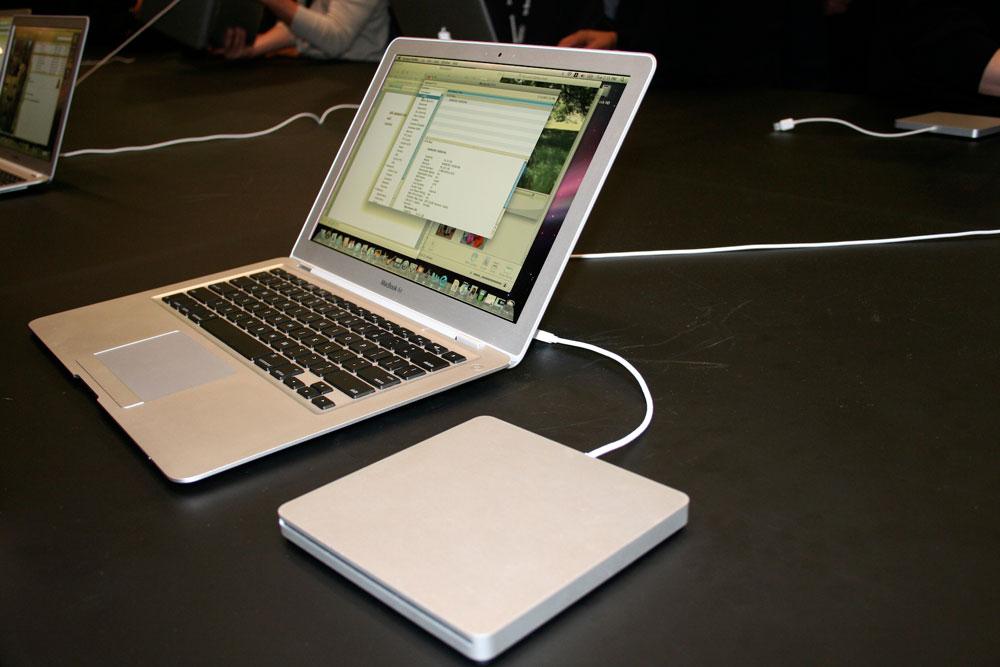
 Also, the question is, why is my Apple USB SuperDrive not working? Make sure the SuperDrive is connected directly to the Mac. Otherwise, click on it to allow the external drive icons to be displayed on the desktop. Now check if External Disks and Hard Disks have a checkmark in the box. Considering this, how do I get my MacBook Air to recognize my external DVD drive? Check your settings Go to Finder > Preferences. To connect the SuperDrive to a Thunderbolt 3 (USB-C) or USB-C port on your Mac, you can use one of these adapters: USB-C Digital AV Multiport Adapter. Make sure the aluminum housing of the SuperDrive is facing up. To use the SuperDrive, connect it to a Mac* USB-A port and insert a disc. How to connect an Apple USB SuperDrive to a Mac There’s something peculiar about the SuperDrive’s power requirements, which Apple’s USB ports take into account. However, we’ve heard from readers (and found several reports on online forums) that this is not the case.
Also, the question is, why is my Apple USB SuperDrive not working? Make sure the SuperDrive is connected directly to the Mac. Otherwise, click on it to allow the external drive icons to be displayed on the desktop. Now check if External Disks and Hard Disks have a checkmark in the box. Considering this, how do I get my MacBook Air to recognize my external DVD drive? Check your settings Go to Finder > Preferences. To connect the SuperDrive to a Thunderbolt 3 (USB-C) or USB-C port on your Mac, you can use one of these adapters: USB-C Digital AV Multiport Adapter. Make sure the aluminum housing of the SuperDrive is facing up. To use the SuperDrive, connect it to a Mac* USB-A port and insert a disc. How to connect an Apple USB SuperDrive to a Mac There’s something peculiar about the SuperDrive’s power requirements, which Apple’s USB ports take into account. However, we’ve heard from readers (and found several reports on online forums) that this is not the case. 
Mains powered external hubs and displays with built-in hubs should easily reach this value. The SuperDrive should only require 0.45 amps at 5 volts (2.25 watts), which is within the normal range of a USB Type-A port that can comfortably supply up to 0.9-1.0A at 5V (4.5-5W), if not more. In other situations, it may not need enough power to function. But this is only true if the device is plugged directly into a USB Type-A port on the Mac, which is not the case with all modern Macs. The device’s sales page states, “There is no separate power adapter and it works if your Mac is plugged in or running on battery. It still sells today ($79), but Apple never updated the SuperDrive for Macs and more modern interfaces. You can even buy an Apple-branded USB SuperDrive to read and write CDs and DVDs.

Apple did away with the optical drive in most Macs about a decade ago - long before many pundits thought the company should.







 0 kommentar(er)
0 kommentar(er)
